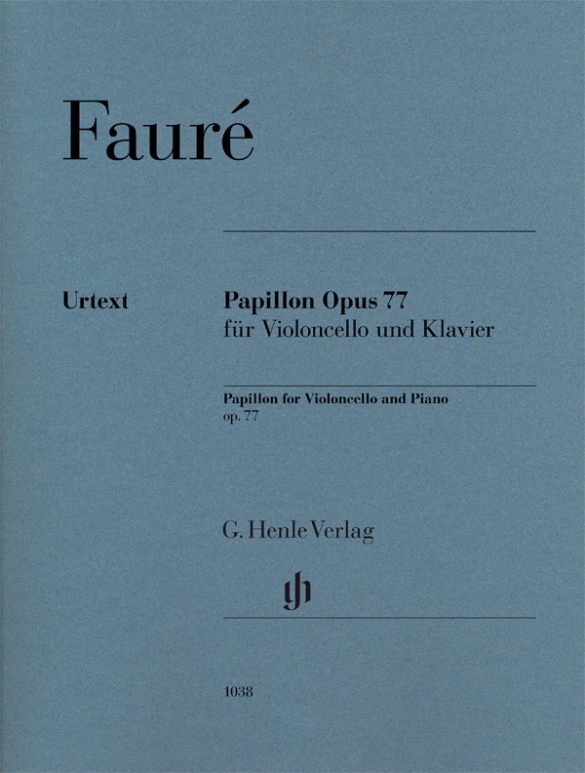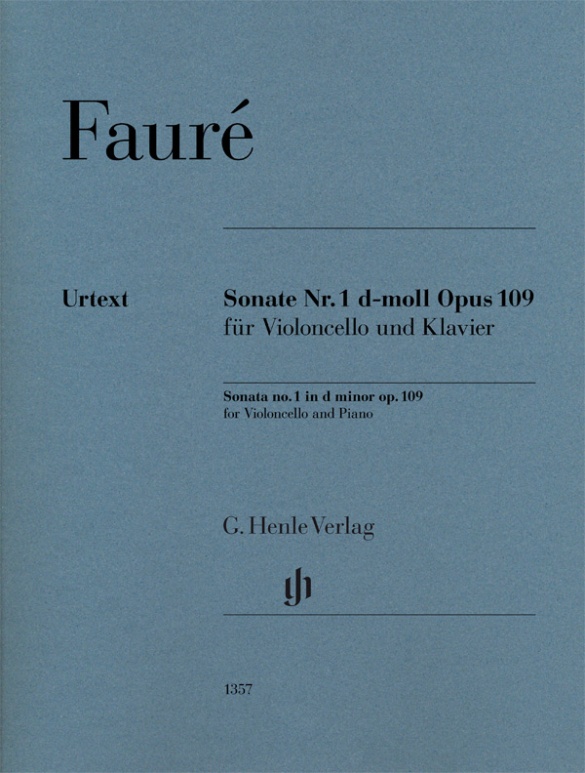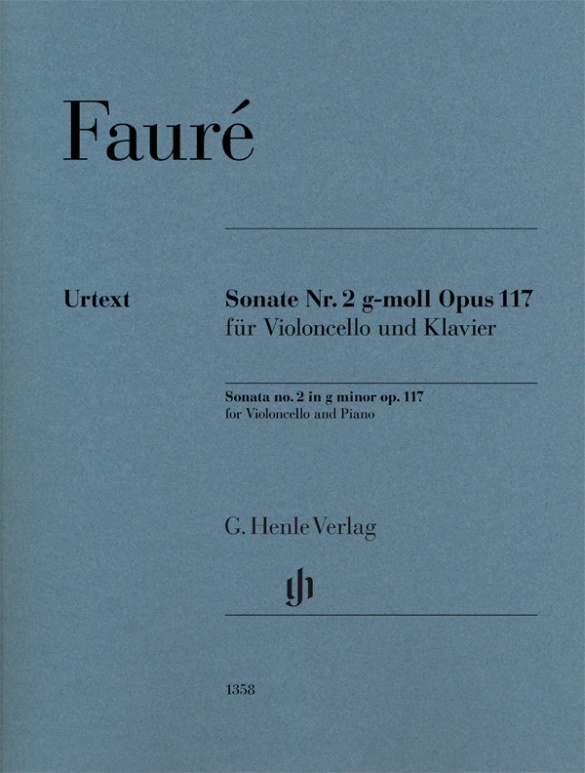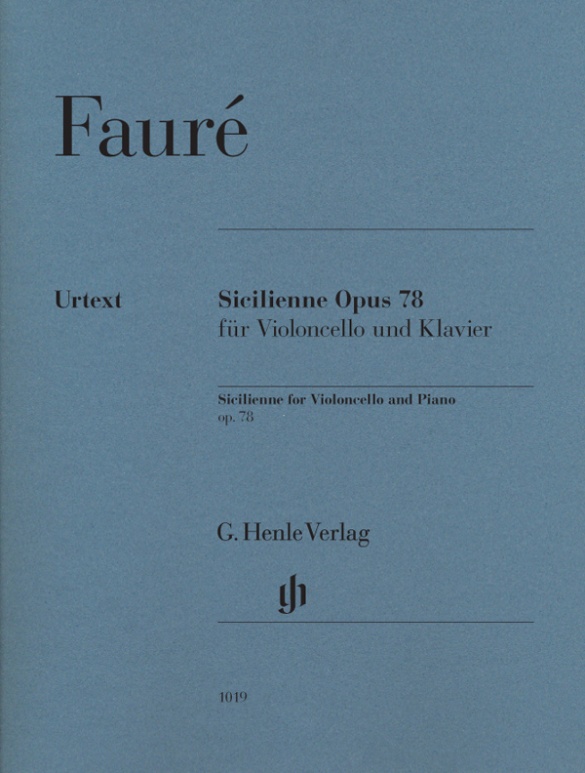Gabriel Fauré
Papillon op. 77
After the great success of his Élégie (HN 563), Fauré’s publisher Hamelle urged him to write another, similarly effective piece for cello and piano. Papillon was probably already composed in 1884, though it was only published in 1898. Whereas Fauré just wanted to call it “Piece for violoncello”, his publisher insisted on a more evocative title, and ultimately succeeded in giving it its present name (meaning “butterfly”). But Fauré is said to have been indignant, remarking: “Butterfly or dung fly – use whatever you want”. The success of the work proved Hamelle right – Papillon is today just as popular with cellists as the Élegie, and is now available as a Henle Urtext edition.
内容/詳細
作曲家について
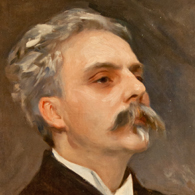
Gabriel Fauré
Representative exponent of French music around 1900. His creative work is centered around the art song, piano music (nocturnes, barcarolles, impromptus, valse-caprice), and chamber music – alongside other genres.
| 1845 | Born in Pamiers (Ariège) on May 12, the son of a primary school teacher. |
| 1854–65 | Attends the École de musique classique et religieuse (founded by L. Niedermeyer), where liturgical musicians were educated; lessons with Saint-Saëns (from 1861). |
| 1866–70 | Organist at the church of Saint-Sauveur in Rennes. |
| 1871 | After occupying various organist positions in Paris, he becomes assistant organist to Saint-Saëns at Saint-Sulpice. He numbers among the founding members of the Société nationale de musique. Performances of his works in their concerts. |
| 1874 | Premiere of his “Suite d’orchestre” in F major (“Symphony No. 1”), which is a compilation of existing pieces. |
| 1875/76 | Violin Sonata No. 1 in A major, Op. 13. |
| 1876–79 | Piano Quartet No. 1 in C minor, Op. 15 |
| 1877 | Maître de chapelle at Paris’s Église de la Madeleine. |
| 1876/78 | Premiere of his choral work “Les Djinns,” Op. 12. |
| from 1879 | Attends performances of Wagner’s music; in his own compositions he distances himself from Wagner. |
| 1885 | Premiere of his Symphony No. 2 in D minor, later destroyed. |
| 1887/88 | Requiem, Op. 48. |
| 1891 | “Cinq Mélodies ‘de Venise’,” Op. 58, on texts by Verlaine. |
| 1892–94 | “La bonne chanson,” Op. 61, on texts by Verlaine. |
| 1896 | Successor to Dubois at the Madeleine. He conducts a composition class at the Paris Conservatoire. |
| 1900 | Premiere of the tragédie lyrique “Prométhée,” Op. 82. |
| 1905–20 | Director of the Conservatoire. |
| 1909 | President of the Société musicale indépendante. |
| 1913 | Premiere in Monte Carlo of his opera “Pénélope.” |
| 1919 | Song cycle, “Mirages,” Op. 113, with clear features of his modernist late style. |
| 1924 | Death in Paris on November 4. |
校訂者や運指担当者について
David Geringas (チェロの運指とボーイング)
製品安全に関する情報

G. Henle Verlag
製品の製造元に関する情報はこちらでご覧いただけます。G. Henle Verlag
Forstenrieder Allee 122
81476 München
info@henle.de
www.henle.com
This beautiful new Urtext edition presents 2 versions of the cello part; one based on the first 1898 edition; the other with fingering and bowing by David Geringas. Background information and comments on the score are also included.
Stringendo, 2018おすすめ
autogenerated_cross_selling
このタイトルを含む他の版
このタイトルを含む他の版


